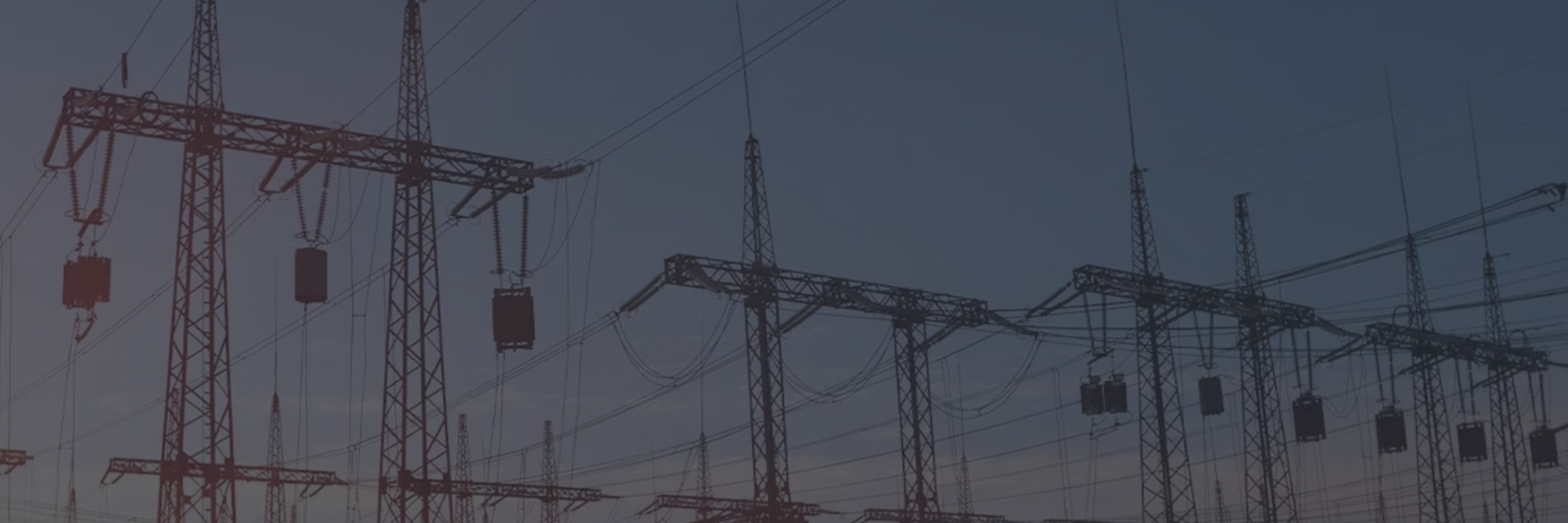
The energy and utility sector is undergoing a transformation as technological advancements and market forces reshape infrastructure investment and grid management strategies. As utilities navigate this evolving landscape, strategic planning is more critical than ever to invest in energy infrastructure that is modernized, flexible and resilient. Read more in our international network partners' article.
One of the key drivers of this transformation is rapid load growth on the grid, fueled by electrification and several emerging sectors. AI data centers and Bitcoin mining operations are significantly increasing electricity demand, requiring utilities to adapt to high-density power loads. At the same time, technological trends such as electric vehicle charging and electrified appliances like heat pumps are reshaping consumption patterns while enabling these systems to tap into an increasingly clean energy supply. Growth in domestic manufacturing is also driving increased energy demand, particularly in regions where new manufacturing plants are being built, often necessitating improved energy infrastructure to support industrial expansion.
For utilities, these dynamics create both challenges and opportunities. Amid a rapid period of change, utilities have an underutilized tool to strengthen grid reliability, cost efficiency and flexibility—demand response (DR).
Demand response
Traditionally, utilities have relied on new power generation to accommodate rising electricity demand. However, this approach is both expensive and slow, with utility interconnection queues spanning multiple years. DR can offer a faster mechanism to help meet energy needs by incentivizing consumers to adjust their energy usage in response to pricing structures, reducing the amount of new generation required and promoting resource adequacy.
Though it can take a variety of forms, DR provides incentives to customers to use less electricity during peak periods. By shifting load towards hours that typically present lower demand—overnight, for example—DR can reduce strain on grid infrastructure, and minimize reliance on costly and emissions-intensive fossil fuel peaker plants. Embracing DR allows utilities to more efficiently deploy capital in a rapidly evolving energy landscape.
Technology and the smart grid evolution
Modern DR programs leverage real-time data and advanced metering infrastructure (AMI) to enable dynamic load shifting. Leveraging these analytics, utilities can send price signals or direct controls that allow participating consumers to adjust thermostats, reduce HVAC usage, or optimize EV charging or battery storage at critical times. These investments reduce stress on the grid, balance energy consumption throughout the day and offer financial savings for both utilities and consumers.
The availability of smart meters, devices and AI-driven grid analytics has unlocked the potential to accelerate DR adoption. Previously, utilities struggled with manual DR interventions, which required consumers to opt-in and make behavioral adjustments. Now, with predictive analytics and automation, DR can be seamlessly integrated into energy management systems, allowing for autonomous load adjustments without burdening consumers.
As distributed energy resources (DERs) like rooftop solar, battery storage and electric vehicles proliferate, utilities can aggregate and orchestrate these resources into virtual power plants (VPPs). This aggregation enhances DR effectiveness by treating flexible energy demand as an asset rather than a liability. Utilities no longer need to solely rely on centralized power generation; instead, they can dynamically adjust demand, supply and grid services across the power system.
Looking ahead, utilities who capitalize on DR deployment can grow their offerings beyond electricity supply—they can become energy service providers that empower customers to manage their energy consumption through data insights and automated demand flexibility.
Baker Tilly leverages deep industry experience to help utilities, municipalities and businesses integrate DR into long-term energy strategies. Connect with our experts to begin shaping a strategy that aligns with your goals today.









